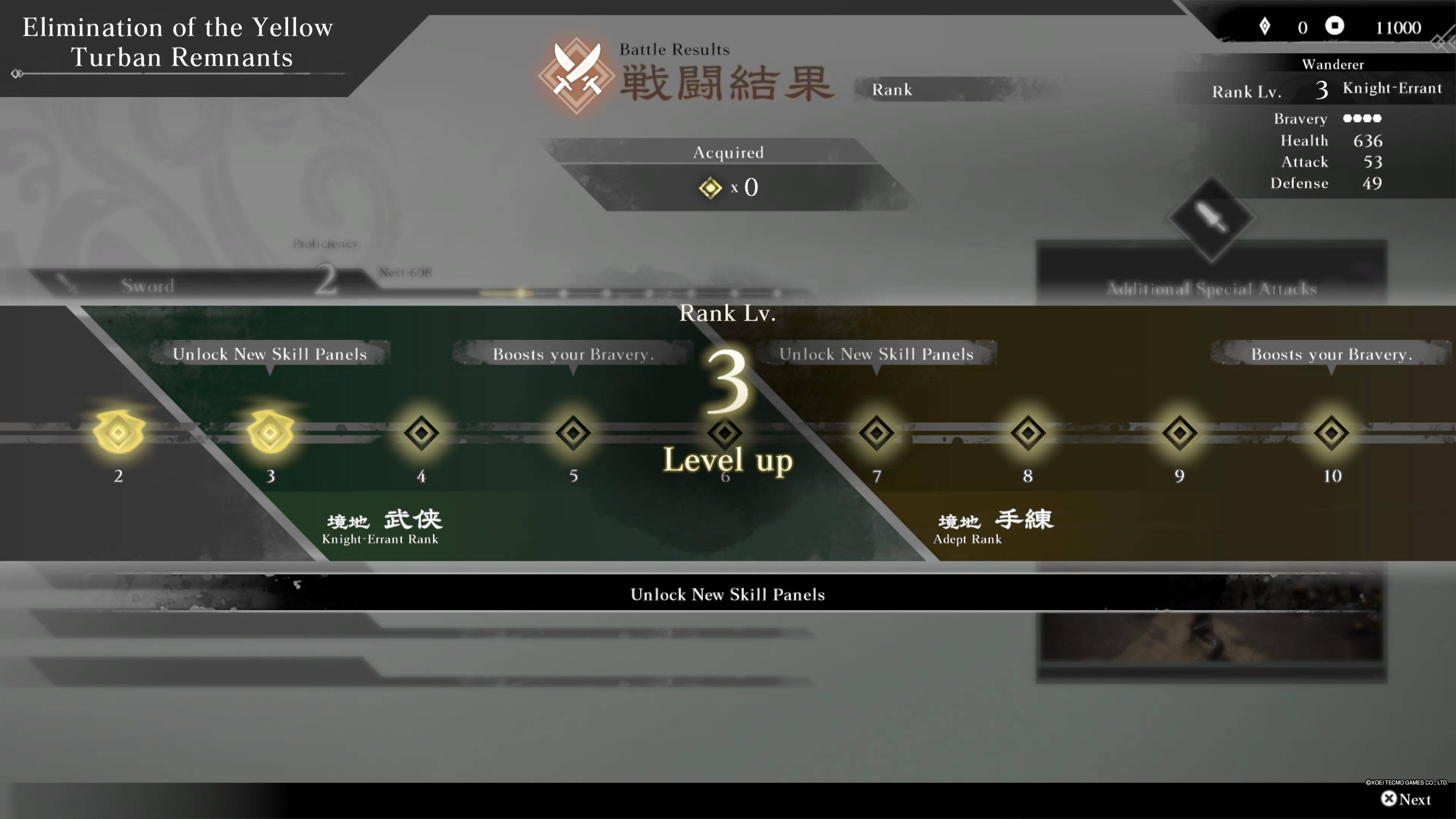Nvidia GeForce RTX 5090 Founders Edition Review
The Nvidia GeForce RTX 5090: A Leap Forward in AI-Powered Gaming, But Not Necessarily Raw Power
Nvidia's RTX 5090 represents a new generation in PC gaming, but its performance gains are less straightforward than previous generational leaps. While raw power is significantly increased, the true next-gen experience hinges on DLSS 4 and its Multi-Frame Generation technology.
The performance uplift over the RTX 4090 is less dramatic than expected in many games without DLSS Frame Generation. However, DLSS 4 delivers substantial improvements in image quality and frame rates, exceeding typical generational jumps. The upgrade's value depends heavily on your monitor's resolution and refresh rate, and your willingness to utilize AI-generated frames. For users with sub-4K displays or refresh rates under 240Hz, the upgrade may not be worthwhile. High-end display owners, however, will experience a significant performance boost.
Nvidia GeForce RTX 5090 – Image Gallery
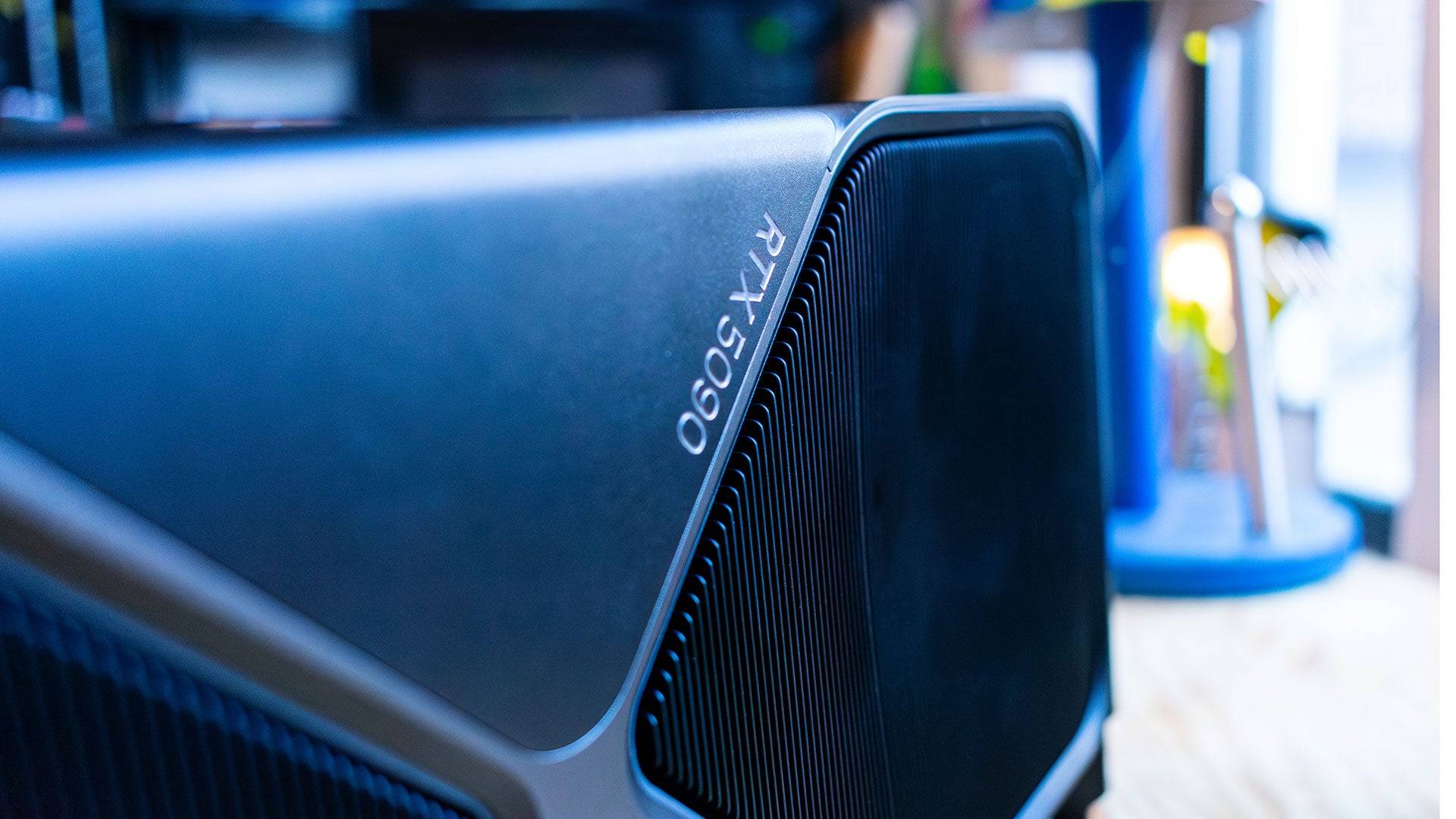
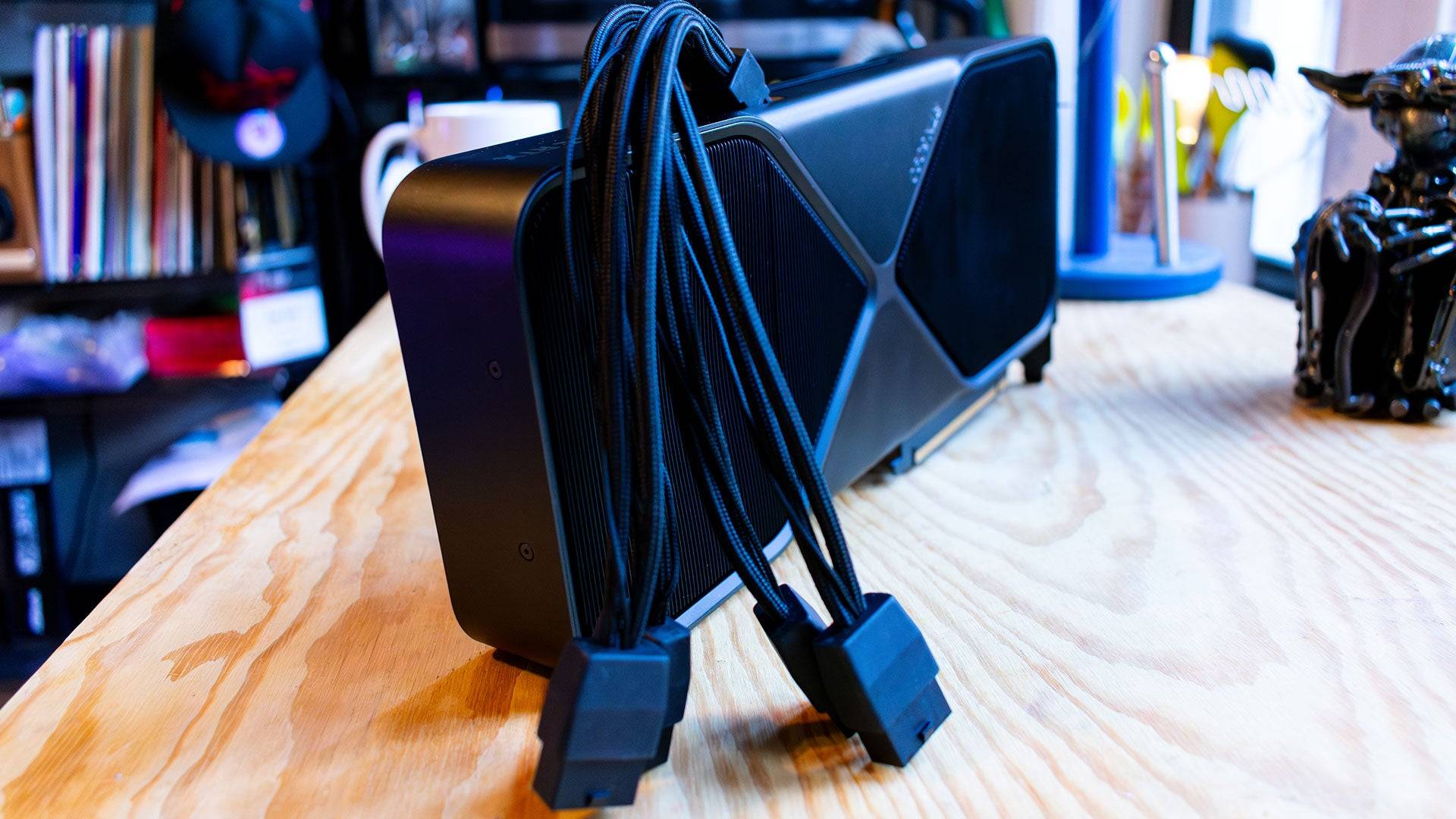 5 Images
5 Images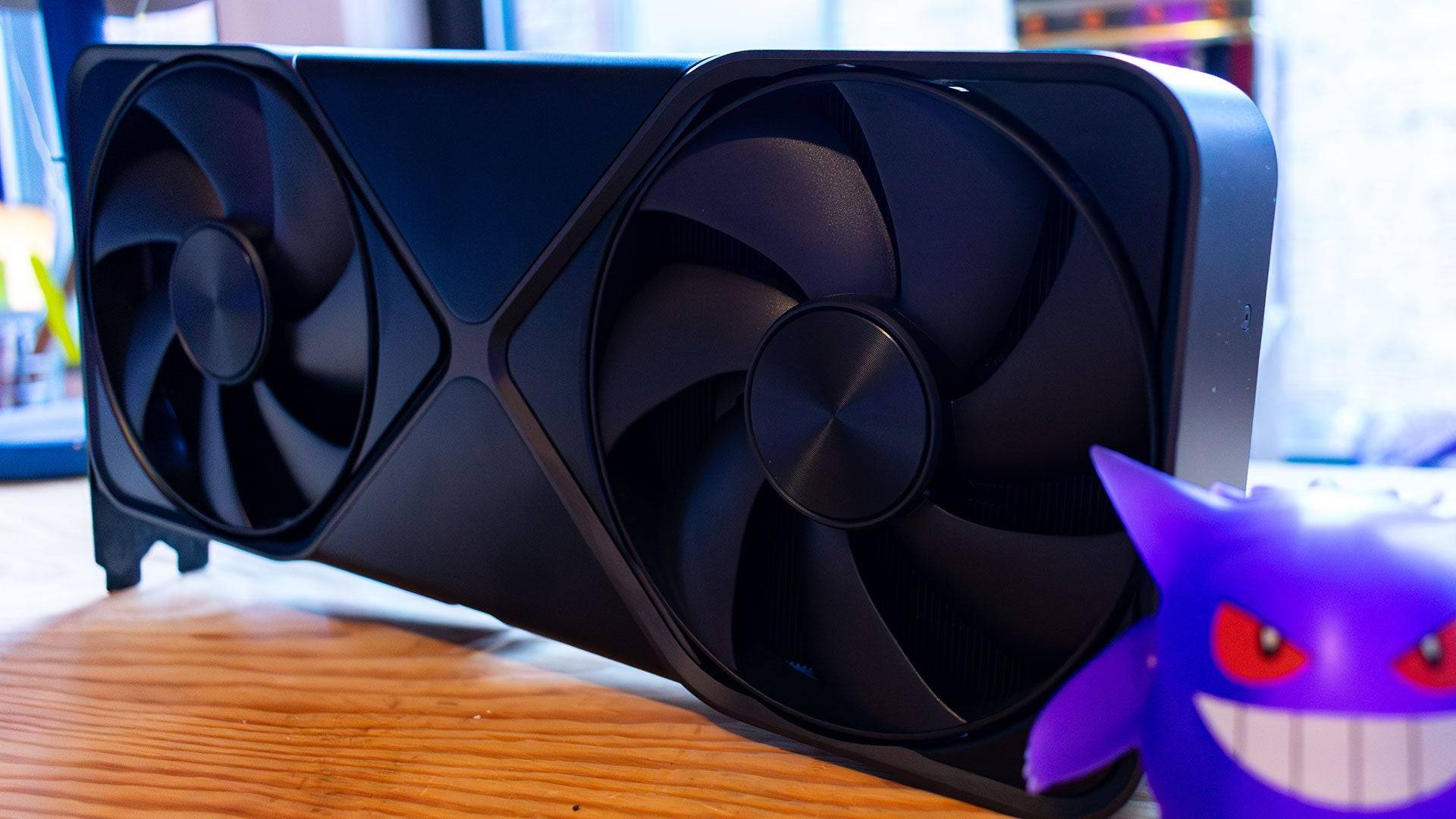
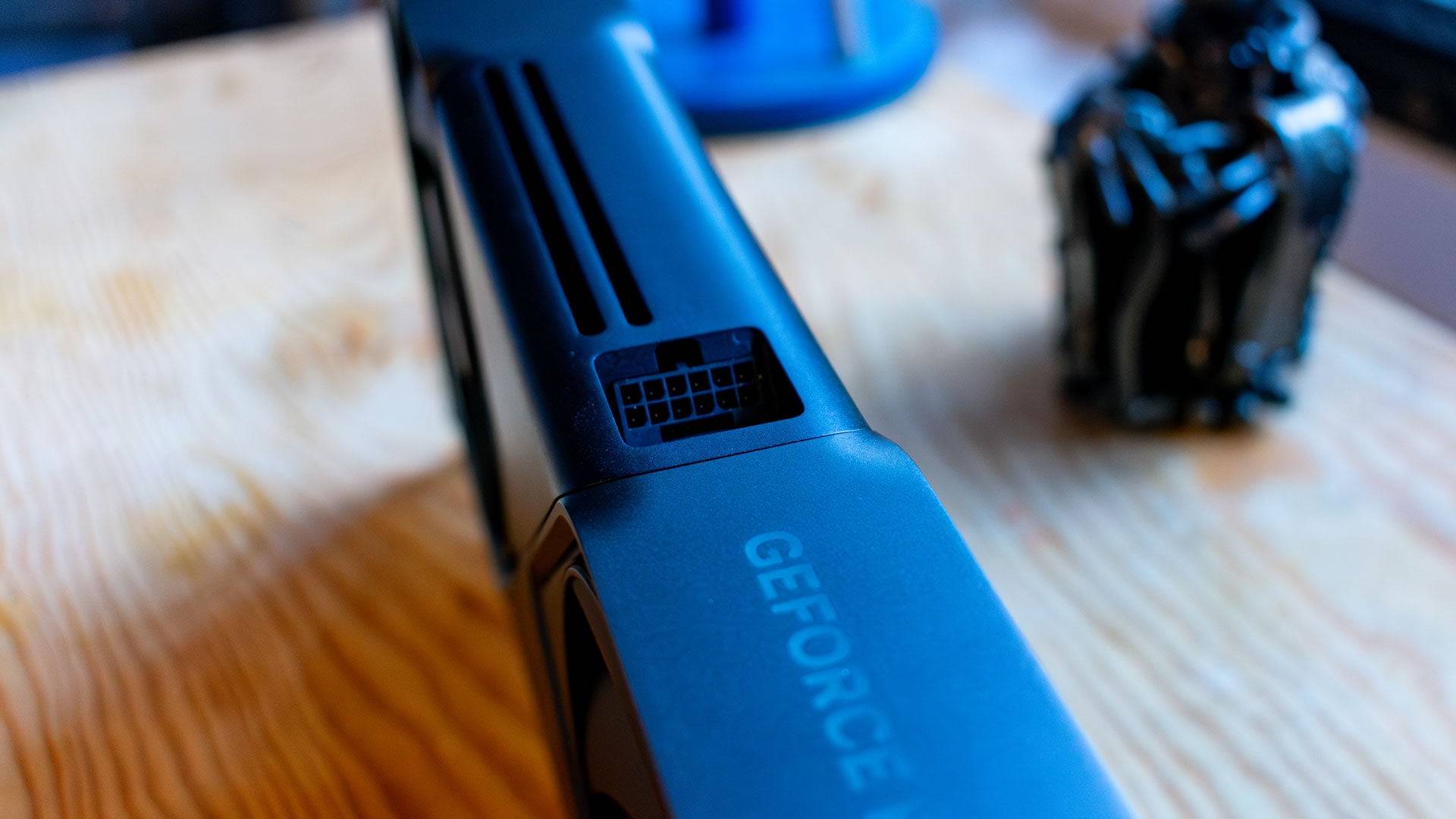
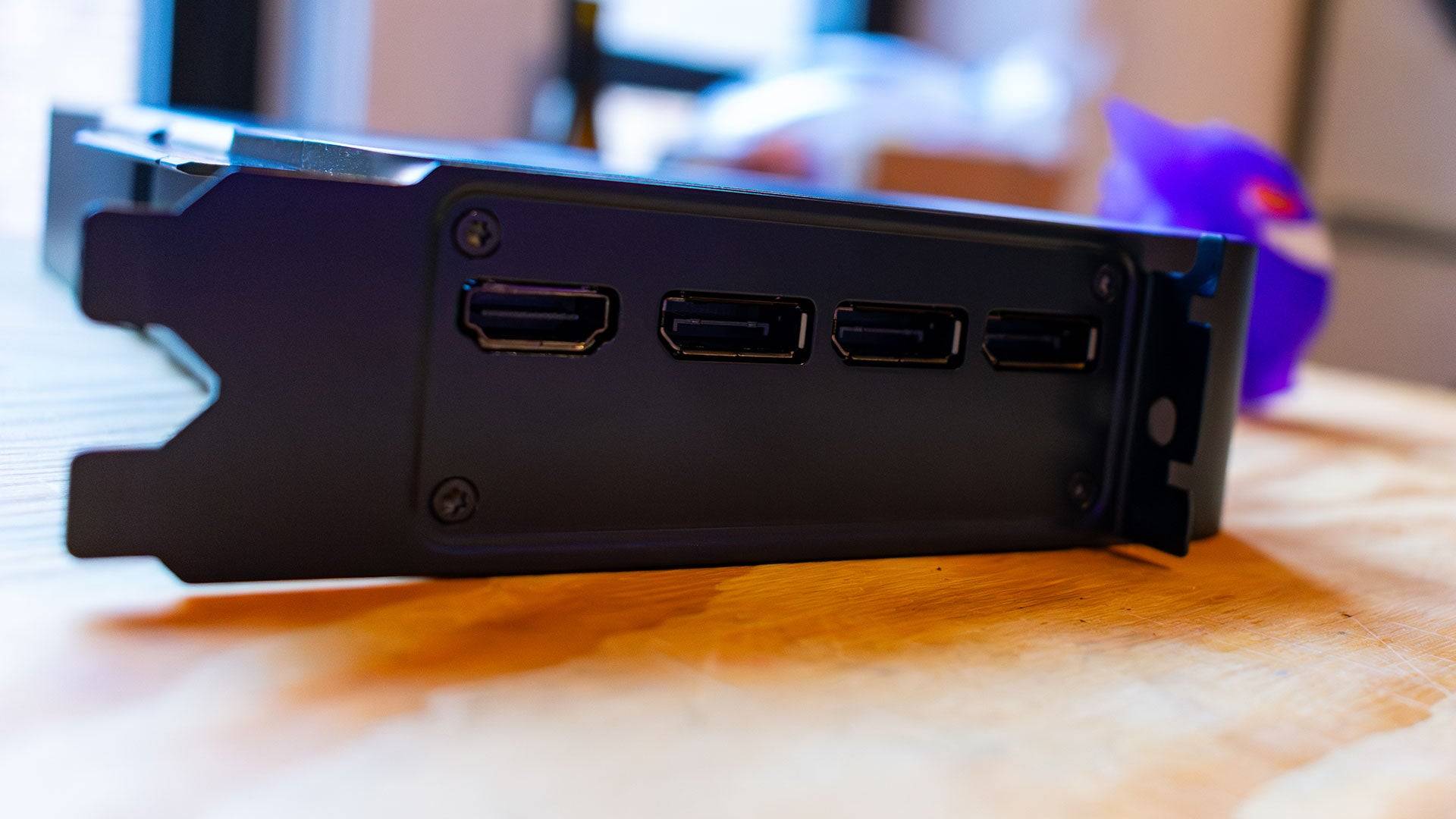
RTX 5090 – Specifications and Features
Built on Blackwell architecture, the RTX 5090 boasts a significant increase in CUDA cores (21,760, a 32% jump from the RTX 4090), leading to raw performance gains. Each SM includes four Tensor Cores and one RT Core, resulting in substantial improvements in AI and ray tracing capabilities. The 5th-generation Tensor Cores support FP4 operations, reducing VRAM dependency for AI workloads.
The card utilizes 32GB of GDDR7 VRAM, offering faster speeds and improved power efficiency compared to the RTX 4090's GDDR6X. However, its 575W power consumption is notably higher. The shift to a Transformer Neural Network (TNN) for DLSS, instead of a Convolutional Neural Network (CNN), aims to enhance image quality and reduce artifacts.
DLSS 4's Multi-Frame Generation technology builds upon the previous generation, generating multiple frames from each rendered image for a substantial frame rate increase. This feature is most effective with already decent frame rates and pairs well with DLSS upscaling.
Purchasing Guide
The RTX 5090 launched at $1,999 (Founders Edition), with third-party cards potentially costing more.
Founders Edition
Despite its 575W power draw, the Founders Edition is surprisingly compact, fitting within a dual-slot chassis with a dual-fan cooling solution. Temperatures reach approximately 86°C under load, which is high but doesn't cause throttling. Nvidia achieved this through a redesigned PCB layout and a unique airflow system. The card features a similar design language to previous generations, with a silver 'X' design and white LED lighting.
The power connector is a new 12V-2x6 connector, claimed to be more efficient than its predecessor. An included adapter converts four 8-pin PCIe power connectors to the 12V-2x6. The angled connector placement improves cable management.
DLSS 4: AI-Generated Frames
Nvidia claims performance boosts of up to 8x with DLSS 4, although real-world results are more moderate. The significant performance gains come from Multi-Frame Generation, powered by a new AI Management Processor (AMP) core. The AMP efficiently distributes workload across the GPU, resulting in a frame generation model that's 40% faster and requires 30% less memory than the previous generation. A Flip Metering algorithm minimizes input lag.
Multi-Frame Generation requires a solid baseline frame rate to avoid latency issues; it works best in conjunction with DLSS upscaling. At launch, DLSS 4 supports a wide range of games, but initial testing was limited to beta builds of Cyberpunk 2077 and Star Wars Outlaws. In these tests, frame rates increased dramatically, with minimal artifacts.
RTX 5090 – Performance Benchmarks
Benchmarking revealed a generational leap in raw performance in 3DMark, with up to a 42% increase over the RTX 4090. However, real-world gaming performance showed a more nuanced picture, often limited by CPU bottlenecks, even at 4K resolution with a high-end CPU. The performance gains over the RTX 4090 were less significant in many games, with some showing only a 10% improvement. However, compared to the RTX 3090, the performance increase was substantially larger. Games without ray tracing or upscaling showed more significant improvements. One outlier, Assassin's Creed Mirage, exhibited performance issues that may be attributed to driver bugs.
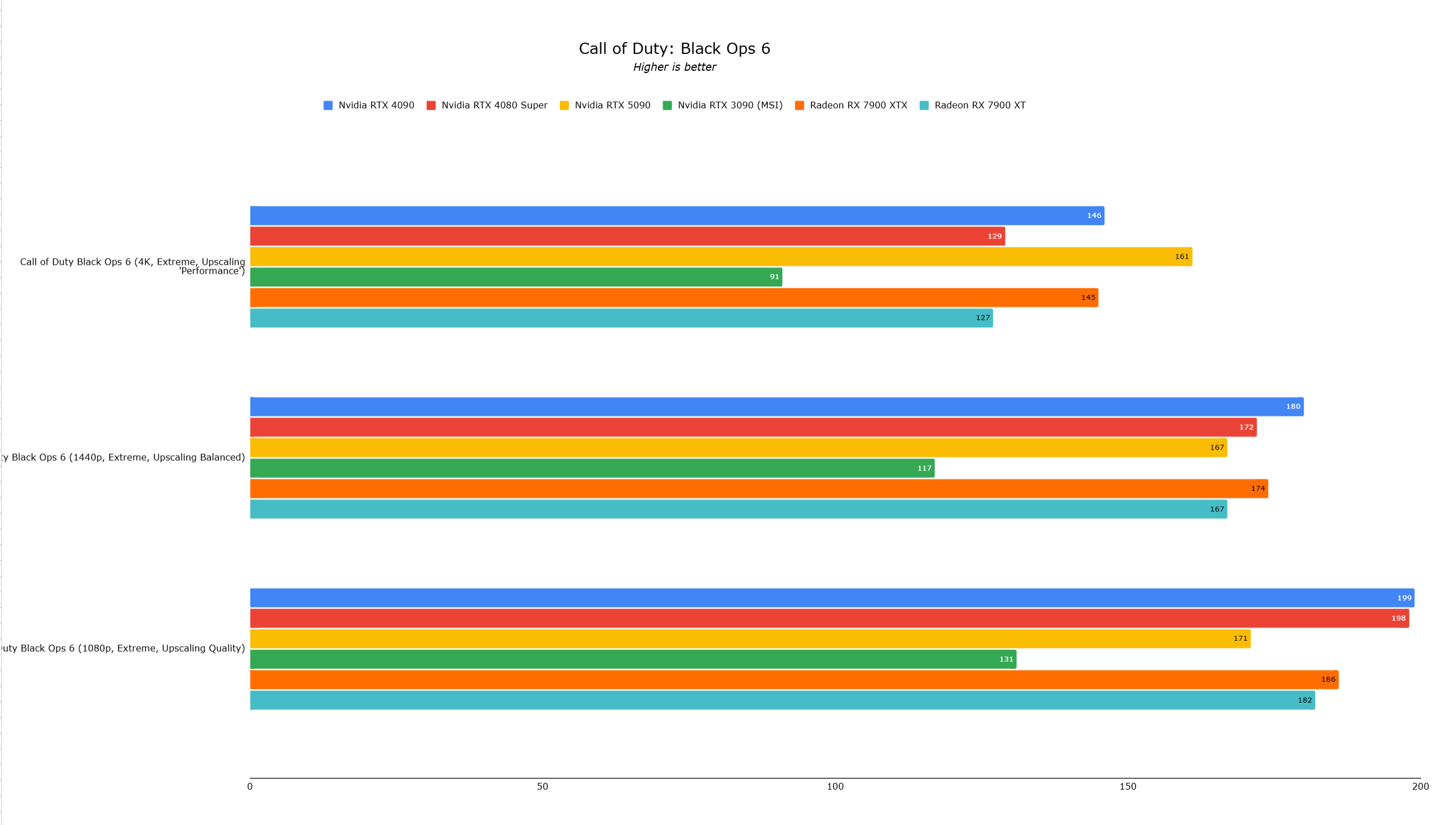
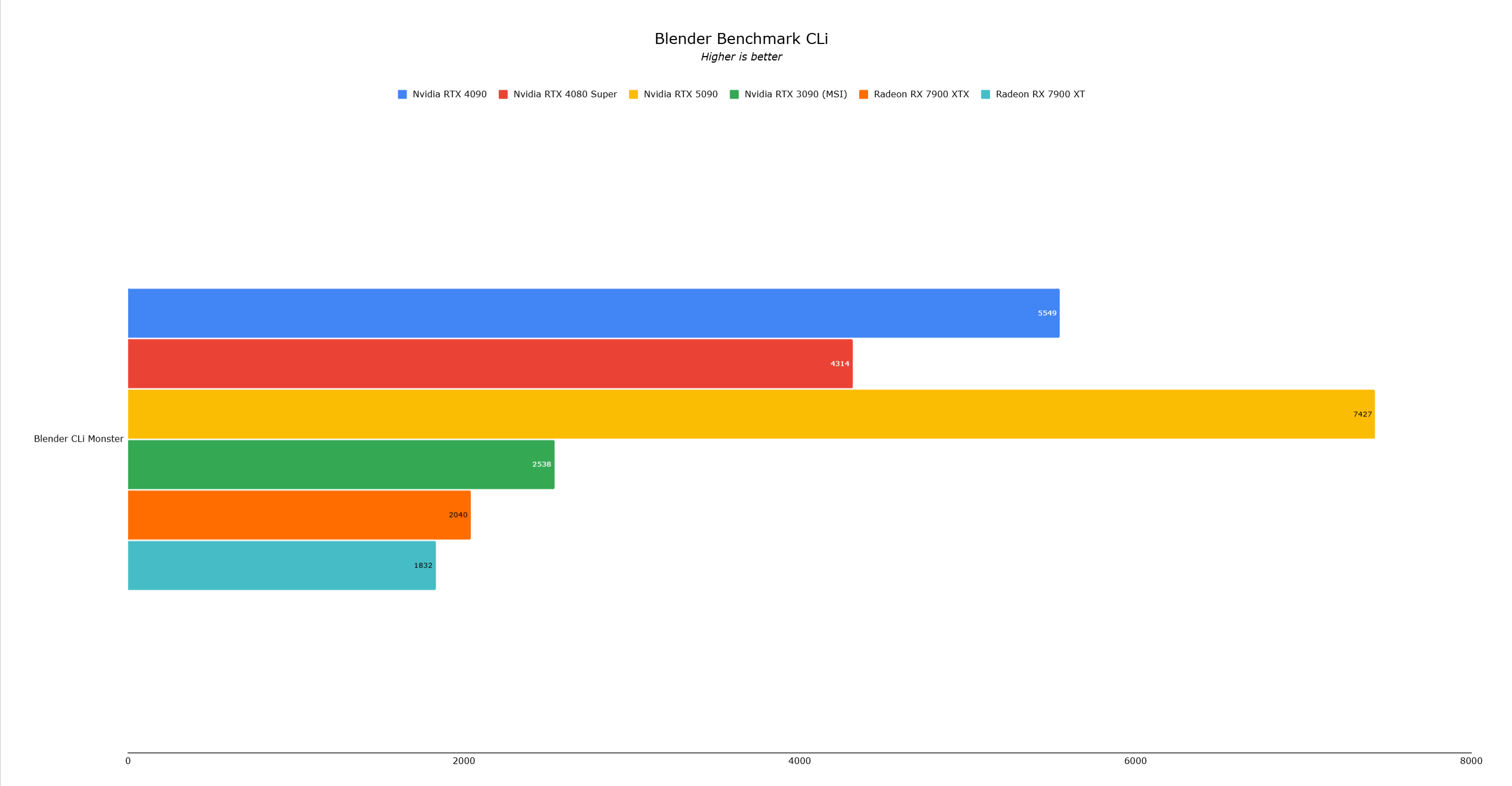 14 Images
14 Images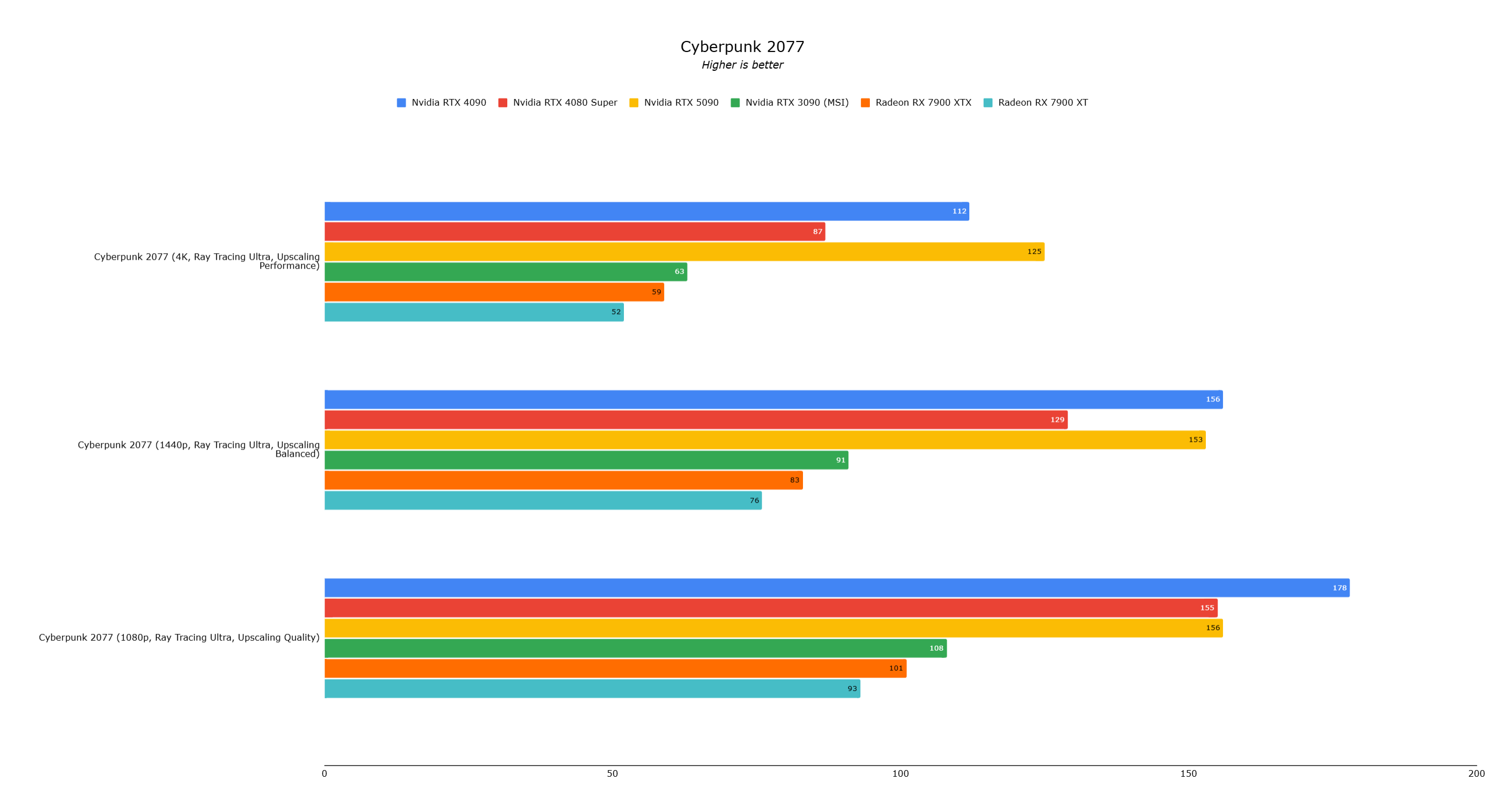
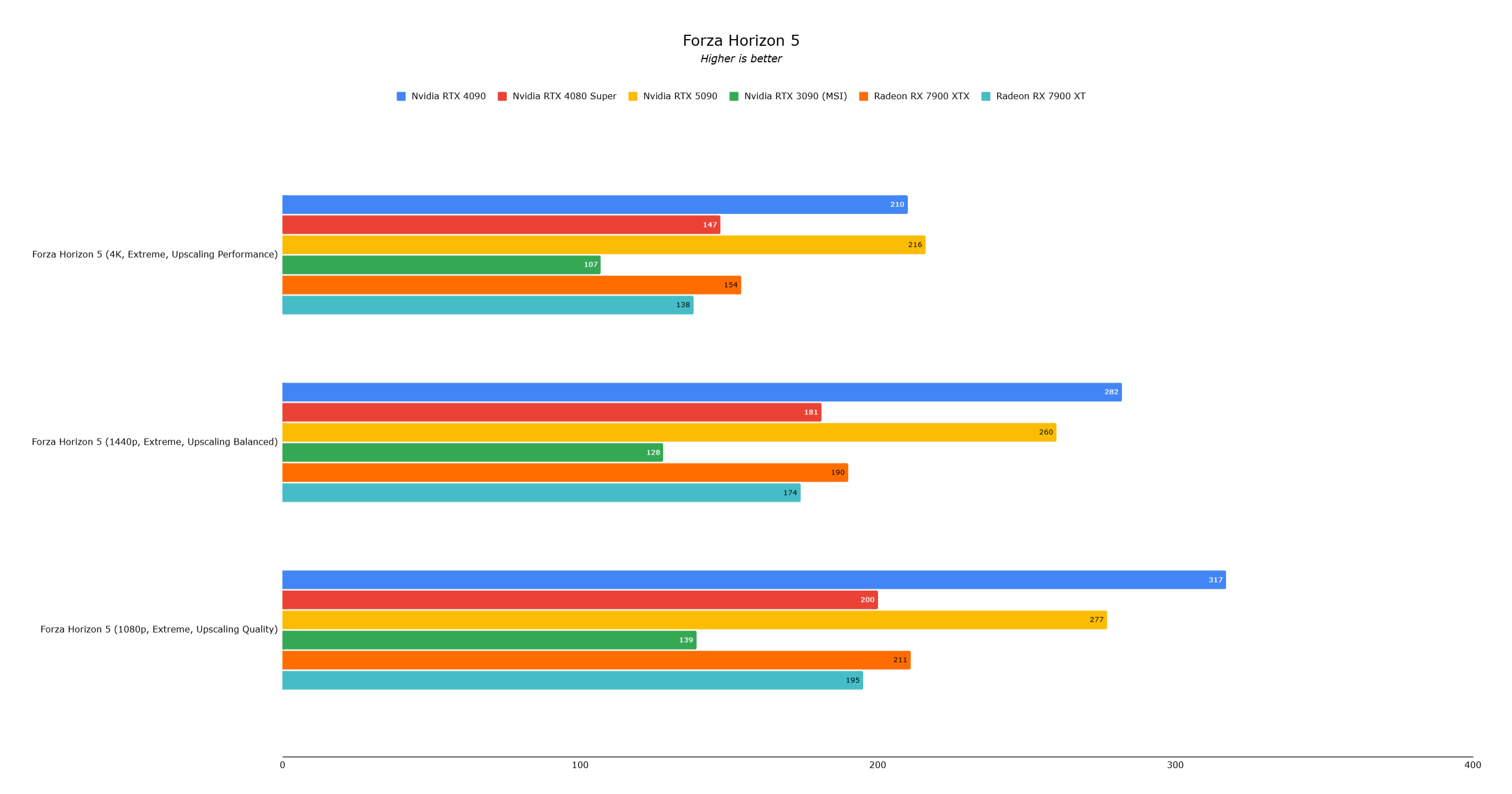
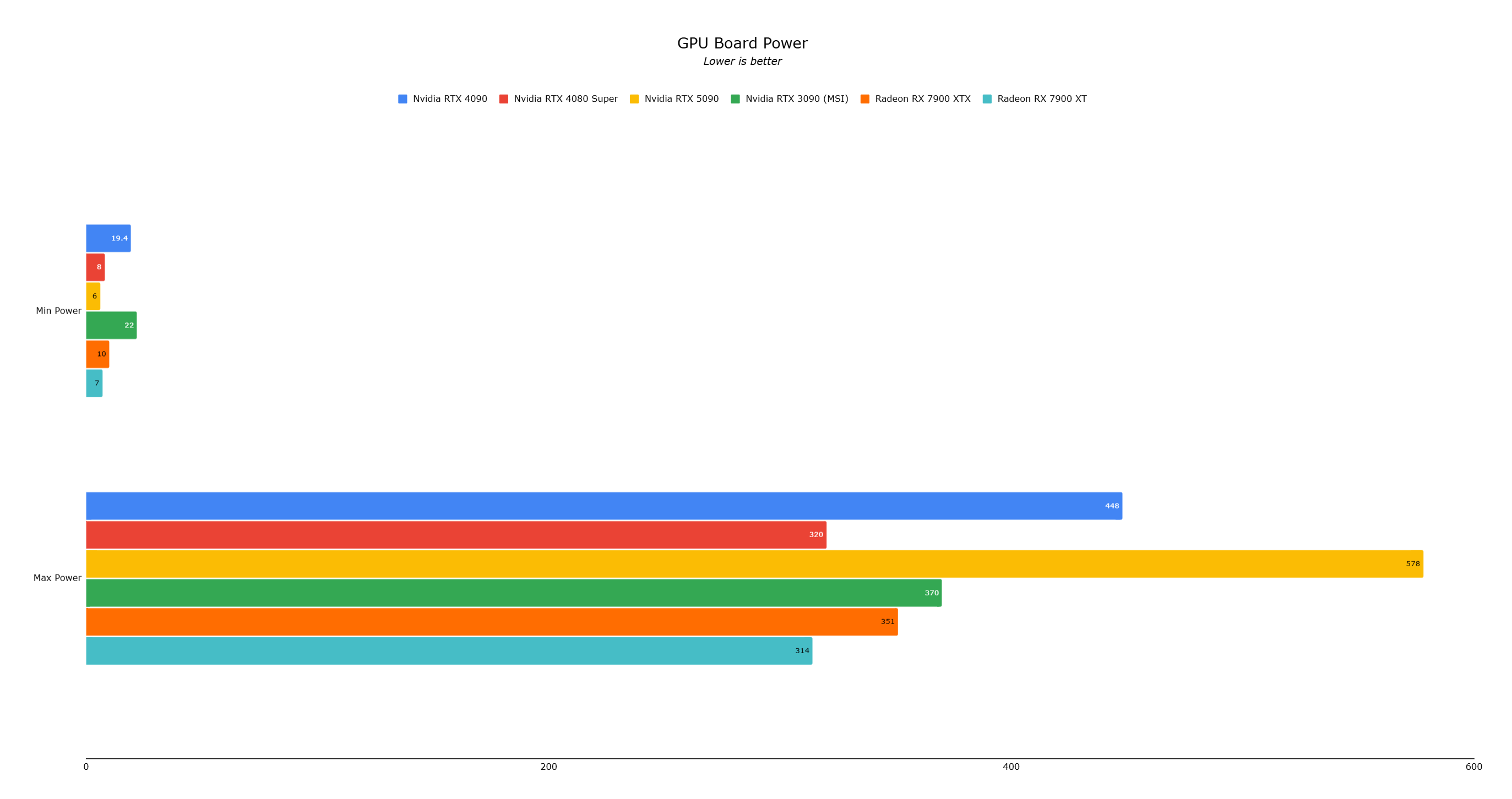
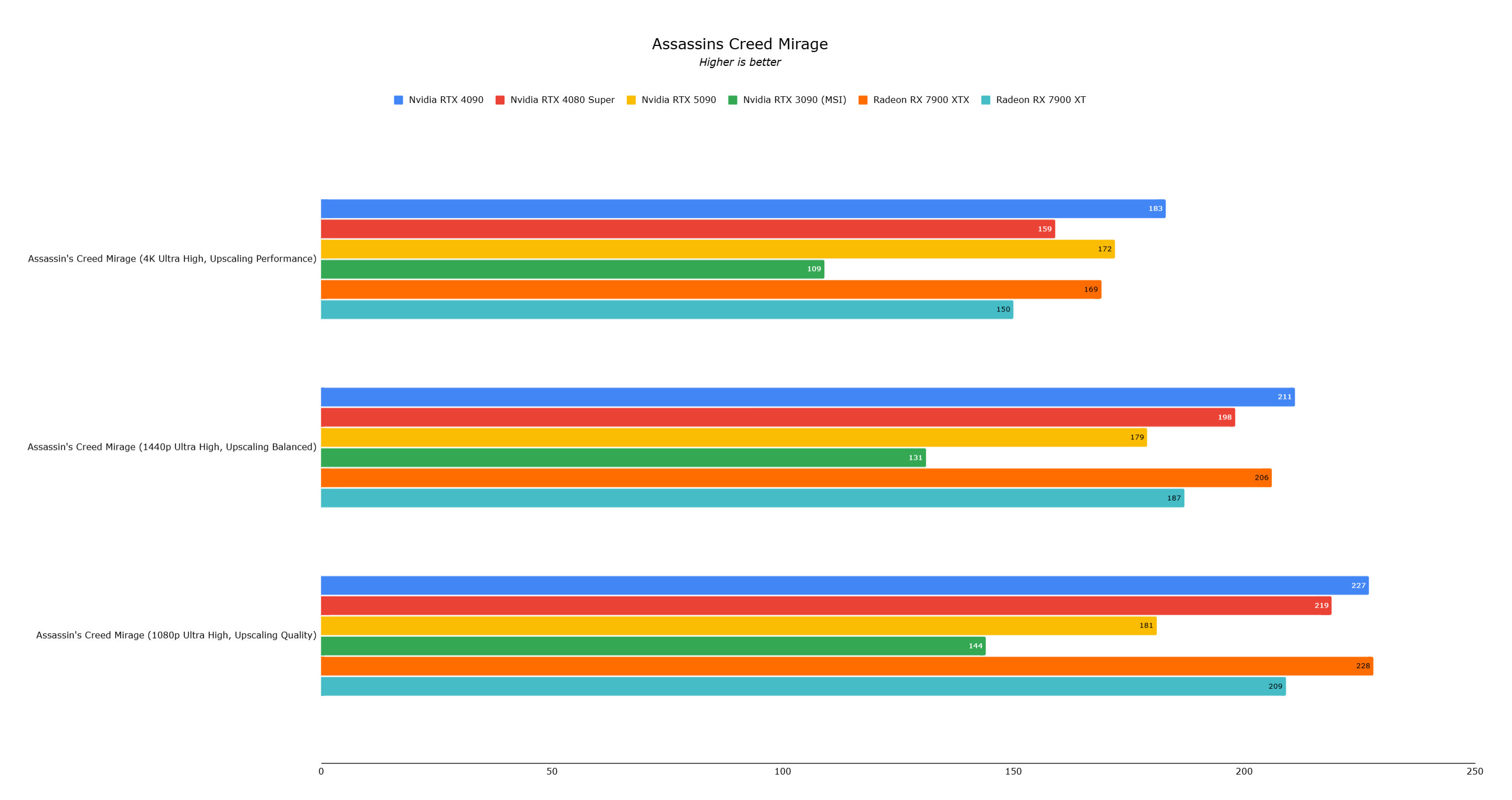
Conclusion
The RTX 5090 is undeniably the fastest consumer graphics card available, but its performance gains over the RTX 4090 are less dramatic in many current games due to CPU bottlenecks. Its strength lies in its future-proofing through DLSS 4 and Multi-Frame Generation, offering a significant performance boost for high-refresh-rate, high-resolution displays. While a worthwhile upgrade for those seeking cutting-edge AI-powered gaming, it's not a necessary upgrade for RTX 4090 owners. The RTX 4090 remains a powerful card for several more years.
AnswerSee Results










